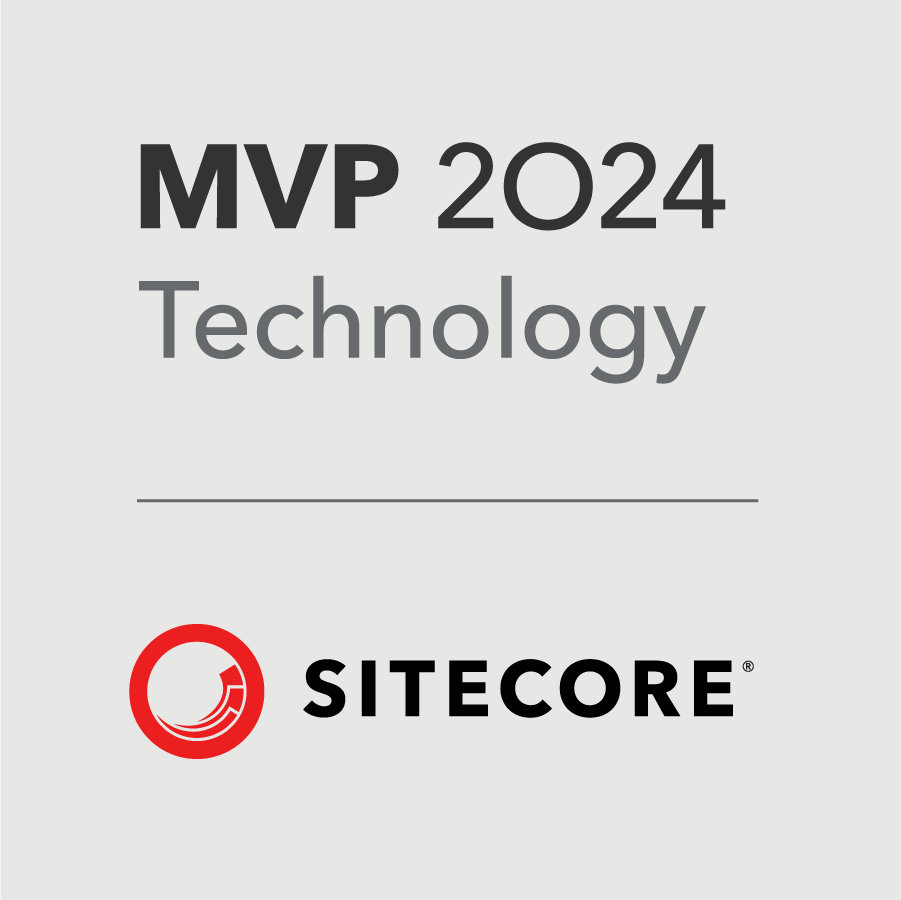“Right now, people talk about being an AI company. There was a time after the iPhone App Store launch where people talked about being a mobile company. But no software company says they’re a mobile company now because it’d be unthinkable to not have a mobile app. And it’ll be unthinkable not to have intelligence integrated into every product and service. It’ll just be an expected, obvious thing.” — Sam Altman, Co-founder and CEO, OpenAI
Generative AI (GenAI), which is defined as “artificial intelligence (AI) that can create original content—such as text, images, video, audio, or software code—in response to a user’s prompt or request” (IBM) is everywhere these days, but is often presented as only being useful to create dodgy images or draft iffy-sounding high school papers. In reality, this powerful machine learning-based technology is much more than a gimmick: it is extremely useful as a tool to improve business processes. There are six main ways GenAI can be of use in a business environment:
- Project acceleration
- Requirements documentation
- Content creation
- Automated tagging and classification
- Quality improvements
- Documentation
Project Acceleration
Generative AI can be used to absorb tedious work tasks, which accelerates projects and reduces time to market. It is possible to use GenAI for activities such as generating templates, developing specifications and estimates, creating status updates and reports, speeding up prototyping, drafting solution documentation, and automating conversions. In addition, it can function as a “co-pilot” style tool for both developers and content editors.
Requirements Documentation
Employing GenAI for requirements documentation can be especially helpful. It can be used to reduce discovery time, which then allows more project budget to be dedicated to the creation of valuable functionality. It also excels at analyzing existing systems, picking up on details that manual documentation may miss. GenAI can also easily create highly standardized documentation, which improves verification processes and the creation of traceability matrices.
Of course, in these use cases, GenAI is a tool to assist qualified professionals, not a replacement for them. But when deployed correctly they can provide considerable time savings—we reduced the time to generate requirements documentation for a new client by over 60%.
Content Creation
It seems obvious, but a crucial place for the application of GenAI is rapidly drafting content. A custom model can be trained with your content, tone, and audience in mind, which can significantly speed up draft development for content producers and streamline the development of blogs, articles, and press releases. (And, as a bonus, it may make connections within data and content that a human mind might not notice.) It can also be used to create content “experiments” for A/B testing, landing pages and the like.
As with documentation, GenAI in content creation is most appropriate as a force multiplier, not a replacement.
Automated Tagging & Classification
Using GenAI for automated taxonomy application ensures consistent categorization and tagging of content, reducing human errors, and maintaining a uniform structure across all content assets—and it scales effortlessly as the volume of content grows. Proper application of taxonomy is the key to unlocking the power of personalization and search platforms, so having an automated solution is a game-changer.
We were able to save the team at the Department of Energy seven staff years by using natural language processing and Generative AI to automate the process of applying taxonomy to content tree.
Quality Improvements
GenAI provides a tireless agent to assist in ensuring best practices, security, and compliance. It can automatically draft Cypress test scripts based on requirements specification and site HTML, conduct code quality inspection on every code commit, gate builds that do not meet automated quality metrics, compare test plans to requirements documentation and identify potential gaps and edge cases, and manage security and compliance scans—and it can do all of this with a clean viewpoint every time, minimizing thought bias.
Documentation
Clear project documentation is necessary to ensure proper transition from creation to operation, but it is time consuming to create and maintain. GenAI can be used to create project documentation drafts based on source code solution and suggest edits to project documentation based on code commits. In addition, it can be used to compare documentation to requirements and identify gaps.
AgencyQ Is Leading the Way
At AgencyQ, we have years of experience helping customers with implementing leading-edge solutions and transforming their digital landscape—and the advent of GenAI is no different. Contact us to find out how we can use automation and machine learning to help you meet your goals.
